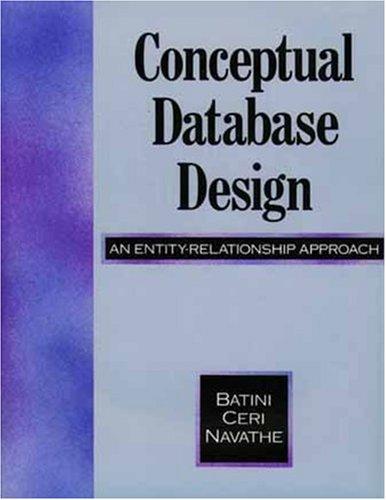Question
Define five new Java methods that each take three double values as parameters. Each method returns a result. None of these methods read from user
Define five new Java methods that each take three double values as parameters. Each method returns a result. None of these methods read from user input, and none of these methods prints to the console.
1) smallest()
This method takes three double values as parameters and returns the smallest value of the three. Here is a sample call to this method. This sample call would appear in the main() method:
System.out.println( smallest (3.5, 6.7, -8.5) ); # prints -8.5
2) largest()
This method takes three double values as parameters and returns the largest value of the three. Here is a sample call to this method, which would appear in the main() method: System.out.println( largest (3.5, 6.7, -8.5) ); # prints 6.7
3) average()
This method takes three double values as parameters and returns the average of the three. Here is a sample call to this method, which would appear in the main() method: System.out.println( average (3.5, 6.7, -8.5) ); # prints .57
4) allTheSame()
This method returns True if all three double values sent in as parameters are of equal value, and returns False if at least one of the three double values is different from the other two. Here is a sample call to this method, which would appear in the main() method:
System.out.println( allTheSame (3.5, 6.7, -8.5) ); # prints False
5) allDifferent()
This method returns True if all three double values sent in as parameters have the same value, and returns False if at least two of the three doubles are of equal value. Here is a sample call to this method, which would appear in the main() method:
System.out.println( allDifferent (3.5, 6.7, -8.5) ); # prints True
Note that I only showed you one sample method call for each of the five methods above. You will need to test your method definitions by calling them each many times with many different values for the parameters. For example, just because the method allDifferent() can detect when the parameters are all different values does not mean that your method definition can detect when the parameters are all the same value; in that case it needs to return False.
HINT: You will save a LOT of time if you write and test one method definition at a time. Do not begin thinking about the next method definition until you have thoroughly tested the previous one and found it to work perfectly.
Step by Step Solution
There are 3 Steps involved in it
Step: 1

Get Instant Access to Expert-Tailored Solutions
See step-by-step solutions with expert insights and AI powered tools for academic success
Step: 2

Step: 3

Ace Your Homework with AI
Get the answers you need in no time with our AI-driven, step-by-step assistance
Get Started


